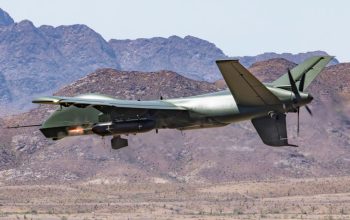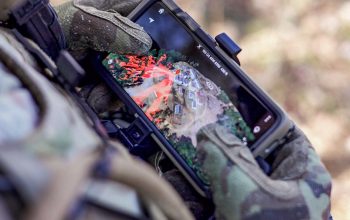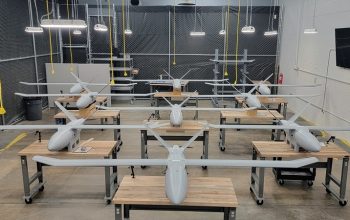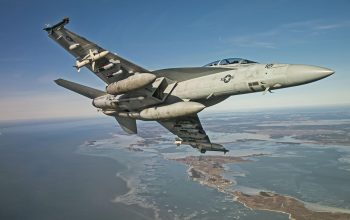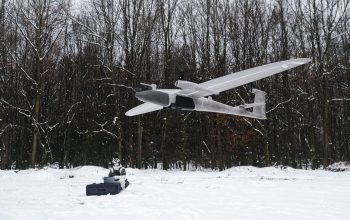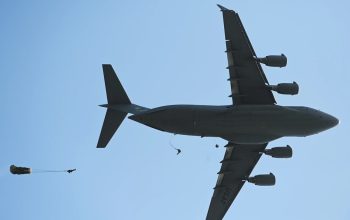The Marine Corps’ Medium-Range Intercept Capability (MRIC) prototype successfully hit several simultaneously-launched cruise missile representative targets during the live-fire test at the White Sands Missile Range in New Mexico June 30, 2022. The MRIC prototype provides Marine Corps point defense in an expeditionary package. The system is just one of several initiatives critical to Force Design 2030, addressing an emergent capability gap for the Marine Corps. Program Executive Officer Land System’s Ground-Based Air Defense program oversees the system. MRIC, which counts the Corps’ Ground/Air Task-Oriented Radar and Common Aviation Command and Control System among its primary subsystems, also incorporates technology from Israel’s proven Iron Dome system. The live-fire test was designed to validate the primary subsystems’ integrations and the system’s overall capability to provide critical information to senior Marine Corps leadership as they decide the path forward for the MRIC prototype.
“The Marine Corps and the Defense Department, as a whole, have been living with the comfort of air superiority and air supremacy. As long-range cruise missiles and anti-air weapons systems begin to get better and better, air supremacy is not something we can take for granted. We must be able to counter these types of capabilities. the intent behind the program was to take proven components and integrate a system compatible with Marine Corps architecture, using the Middle Tier of Acquisition authorities, in order to rapidly develop and demonstrate a relevant capability.Our goal was to get this prototype into a deployable state that meets our current needs but have it so other systems can be ‘plugged in’ to it to make it more lethal while maintaining expeditionary capability, mobility, and the ability to rapidly set up and be operational at any site, anytime,” said Maj James Slocum, MRIC Medium Range Intercept Capability team lead at PEO Land Systems.
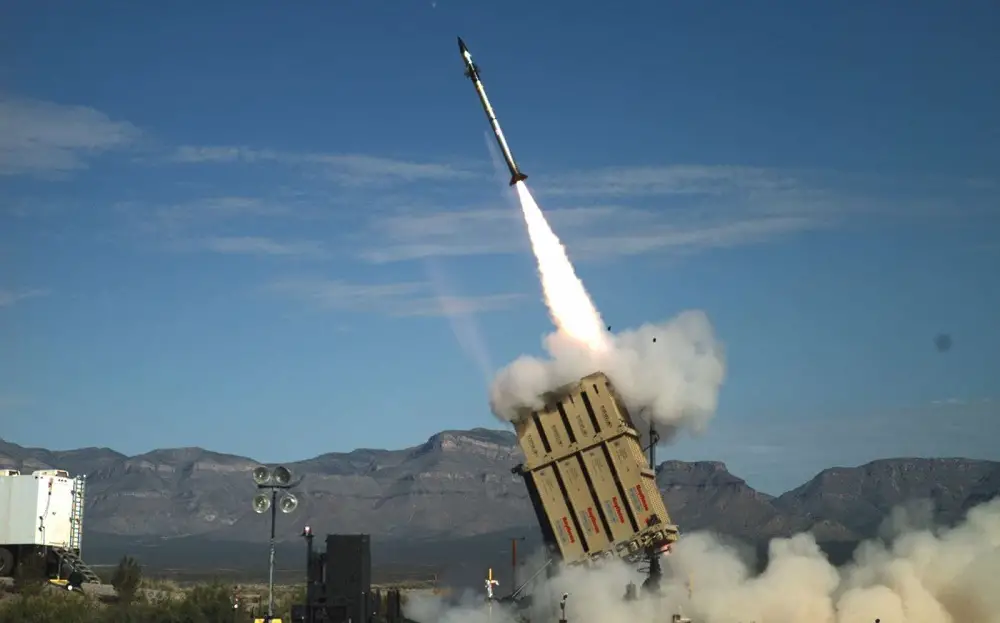
During the test, the G/ATOR successfully tracked each target, from immediately after launch and passed the tracks through the CAC2S to the Israeli Iron Dome components. This allowed the MRIC system to simultaneously neutralize multiple missiles encircling the system from various angles. At its peak, numerous in-air targets, each with its own unique flight trajectory and velocity, surrounded the MRIC prototype. Upon firing, MRIC successfully hit each target using the Tamir missile. The June event built upon the previous live-fire test in December, during which the program office launched multiple targets in sequence, with MRIC intercepting each target before the next one launched. This time around, multiple targets were launched simultaneously. Prior to the event, Kelley said that engineers at Naval Surface Warfare Center Dahlgren ran independent simulations of what would happen during the live-fire test. The results, Kelley said, correlated closely to the modeled simulations.
Raytheon Missiles & Defense, a Raytheon Technologies business, and RAFAEL Advanced Defense Systems Ltd., an Israeli-based defense technology company, successfully conducted a live fire of the Medium Range Interceptor Capability. During the U.S. Marine Corps event, MRIC engaged targets representative of cruise missile threats. The test examined MRIC’s integration capabilities with the US Marine Corps’ AN/TPS-80 Ground/Air Task Oriented Radar, Common Aviation Command and Control System, and components of the Iron Dome Weapon System, including the Tamir interceptor. This test is a first in a series designed to prove out the MRIC’s ability to intercept cruise missiles threats. The live fire also stressed the MRIC system to assess its proficiency against high-end threats used by near-peer adversaries. According to the U.S. Marine Corps, MRIC is designed is to defeat cruise missile threats and other manned and unmanned aerial threats for fixed and operationally semi-fixed sites.




